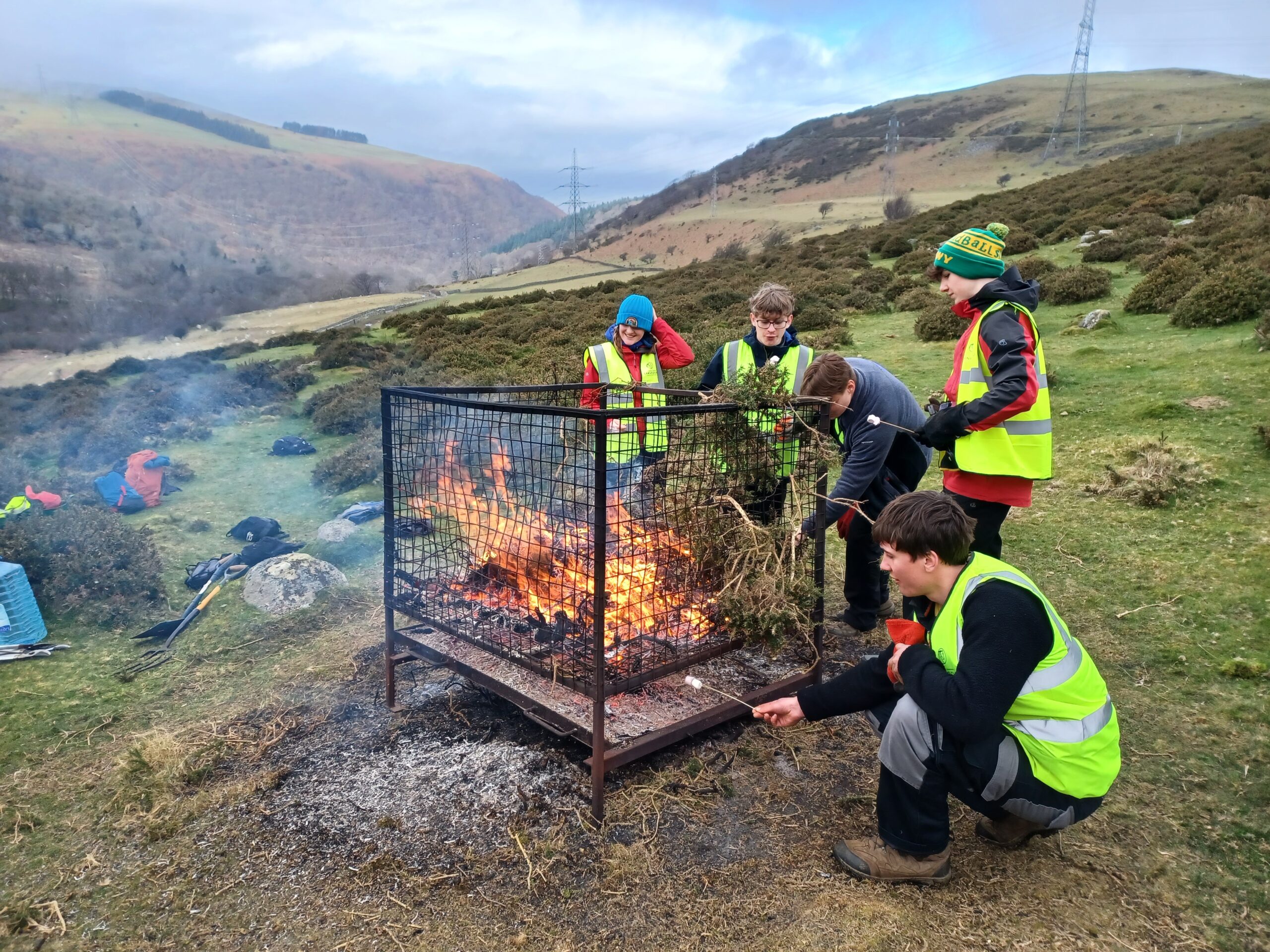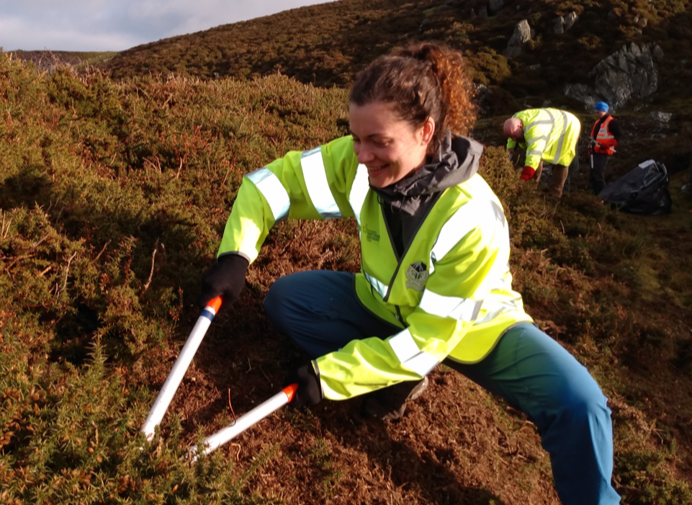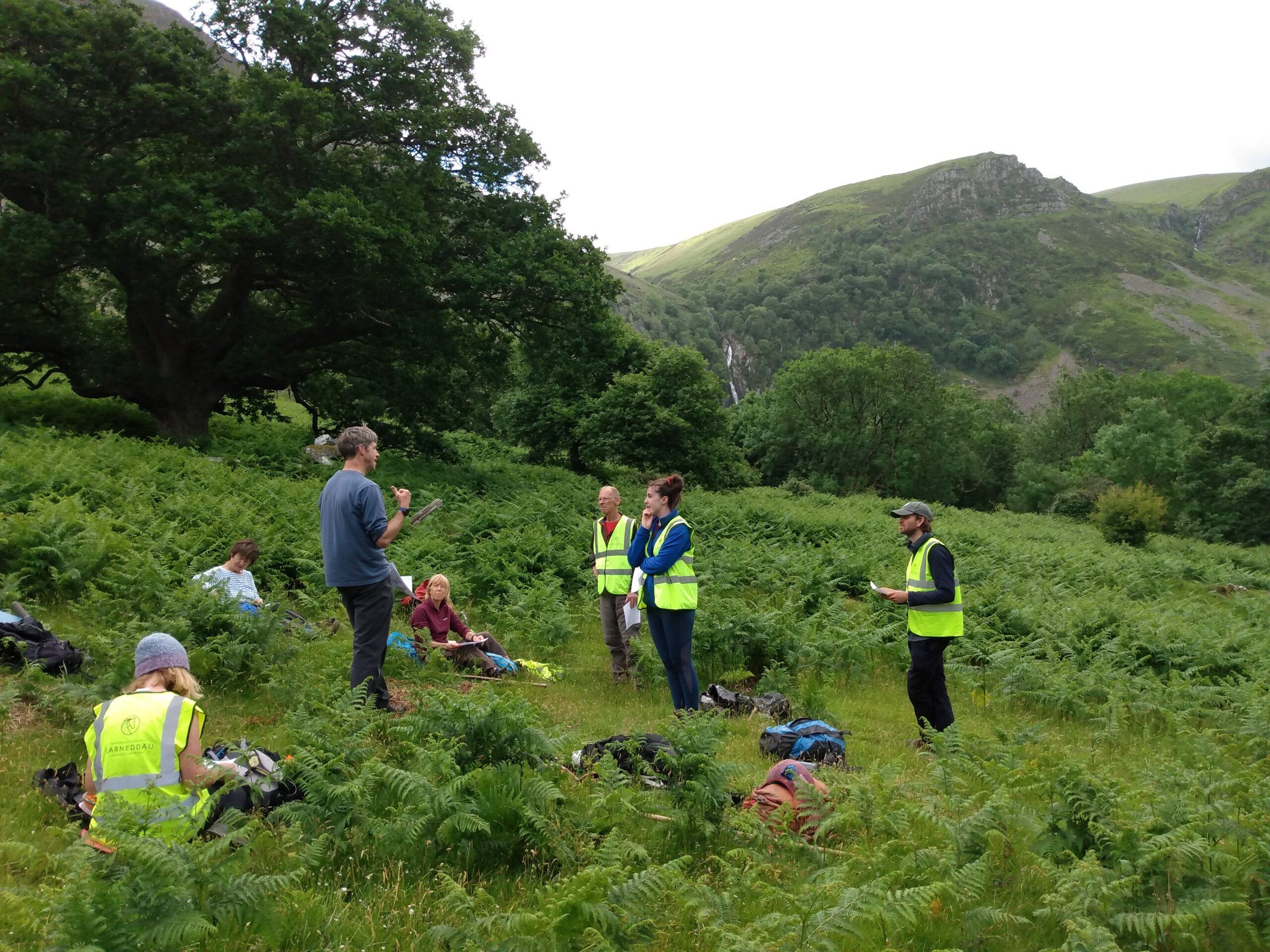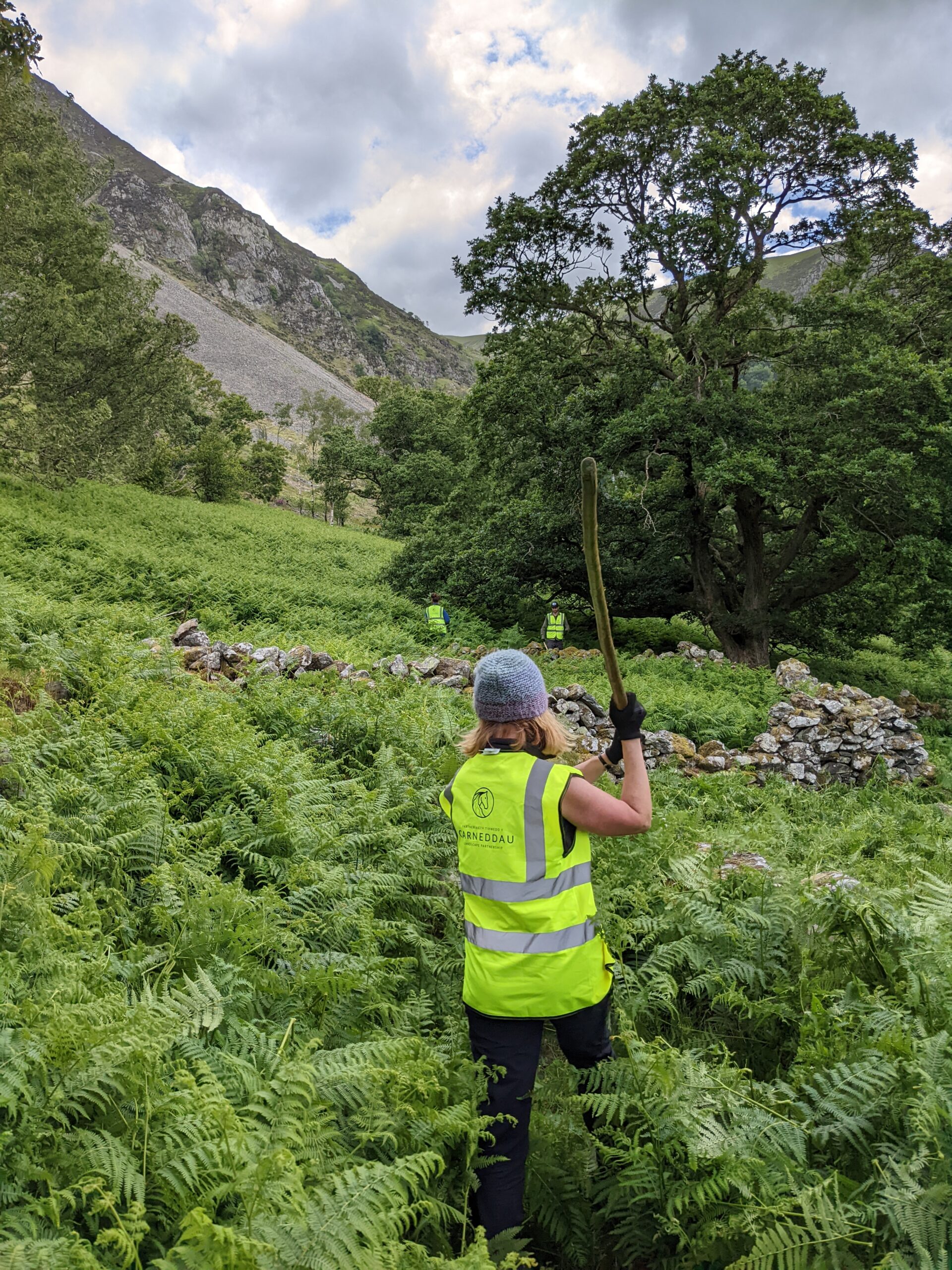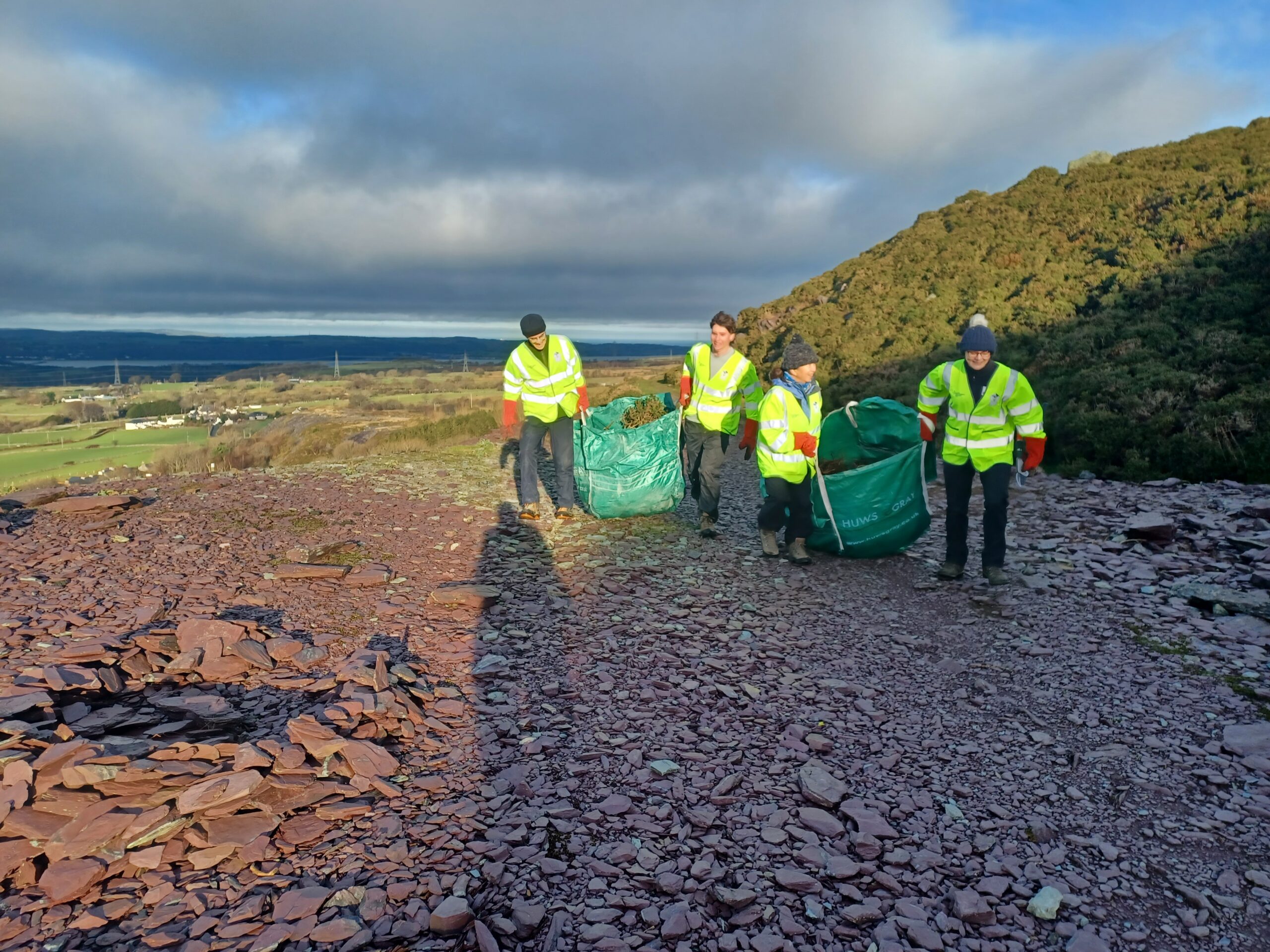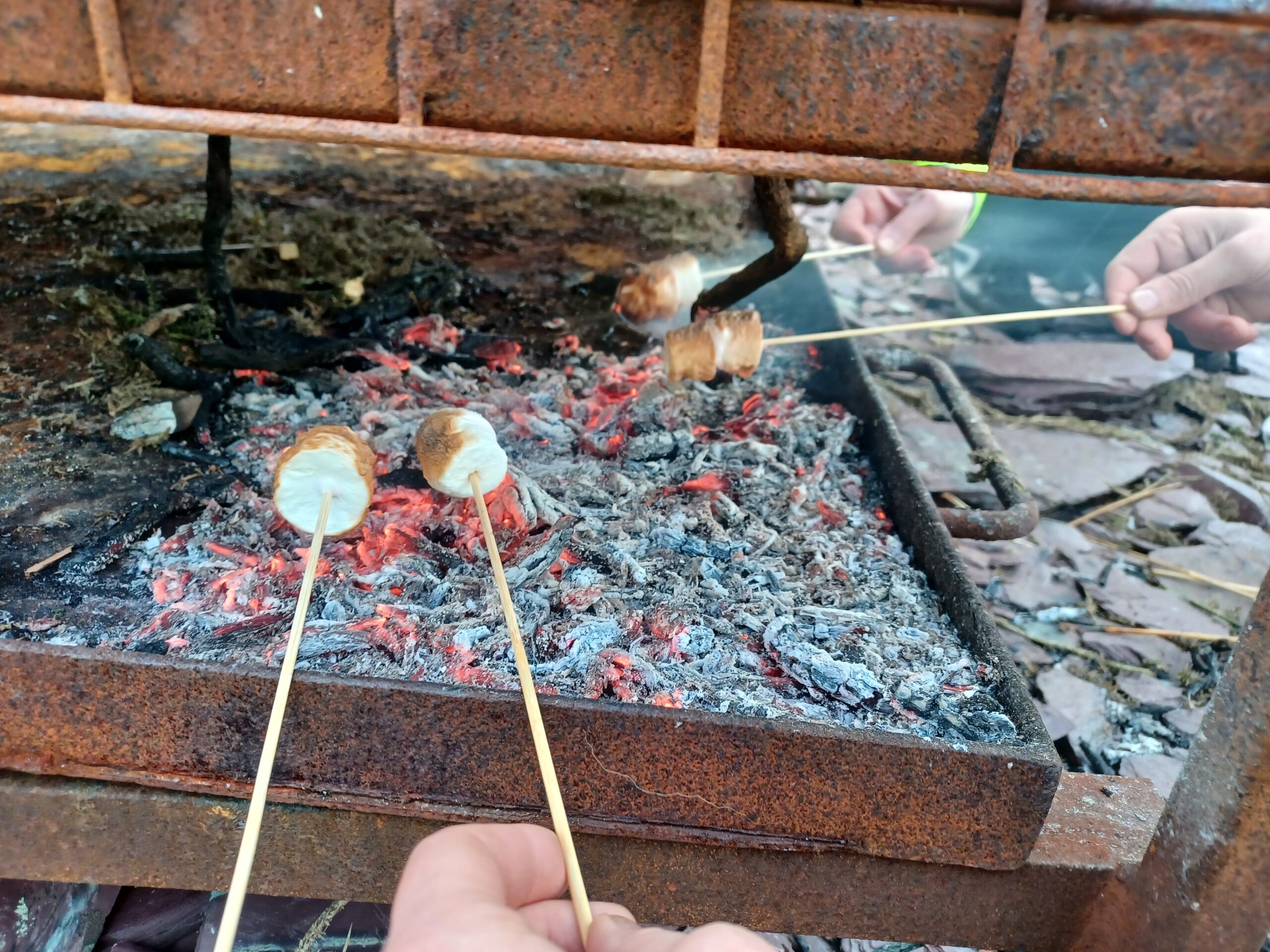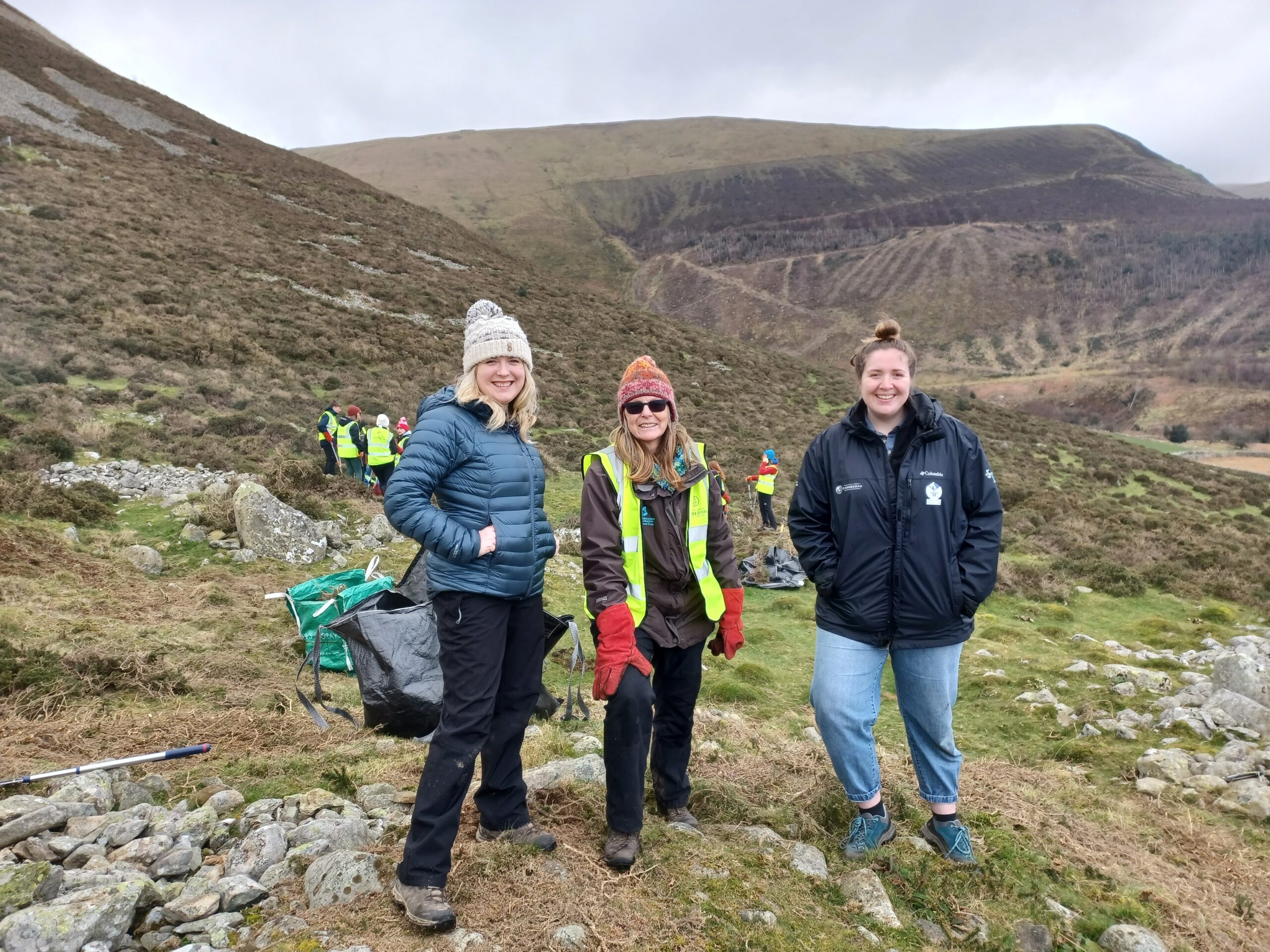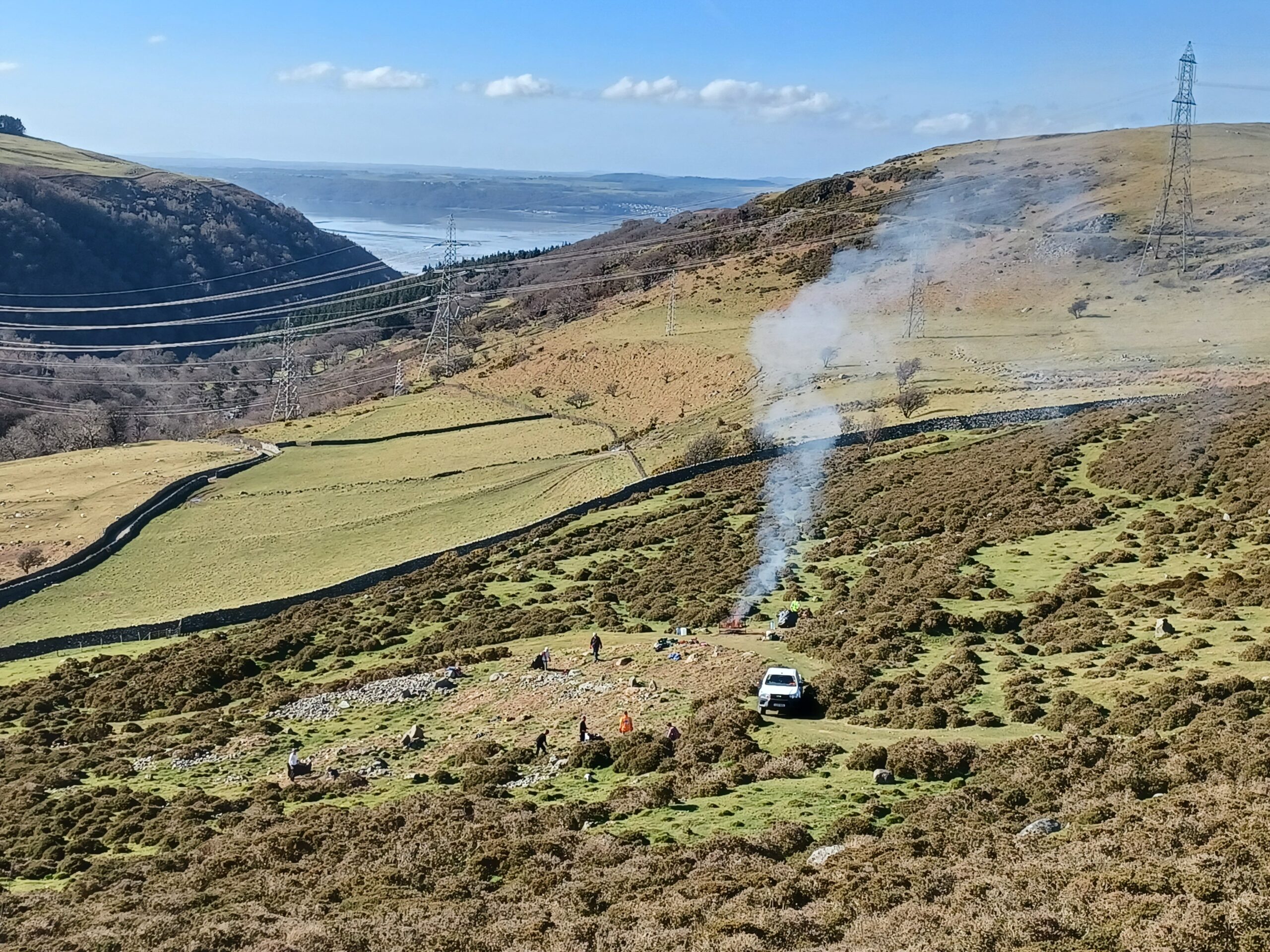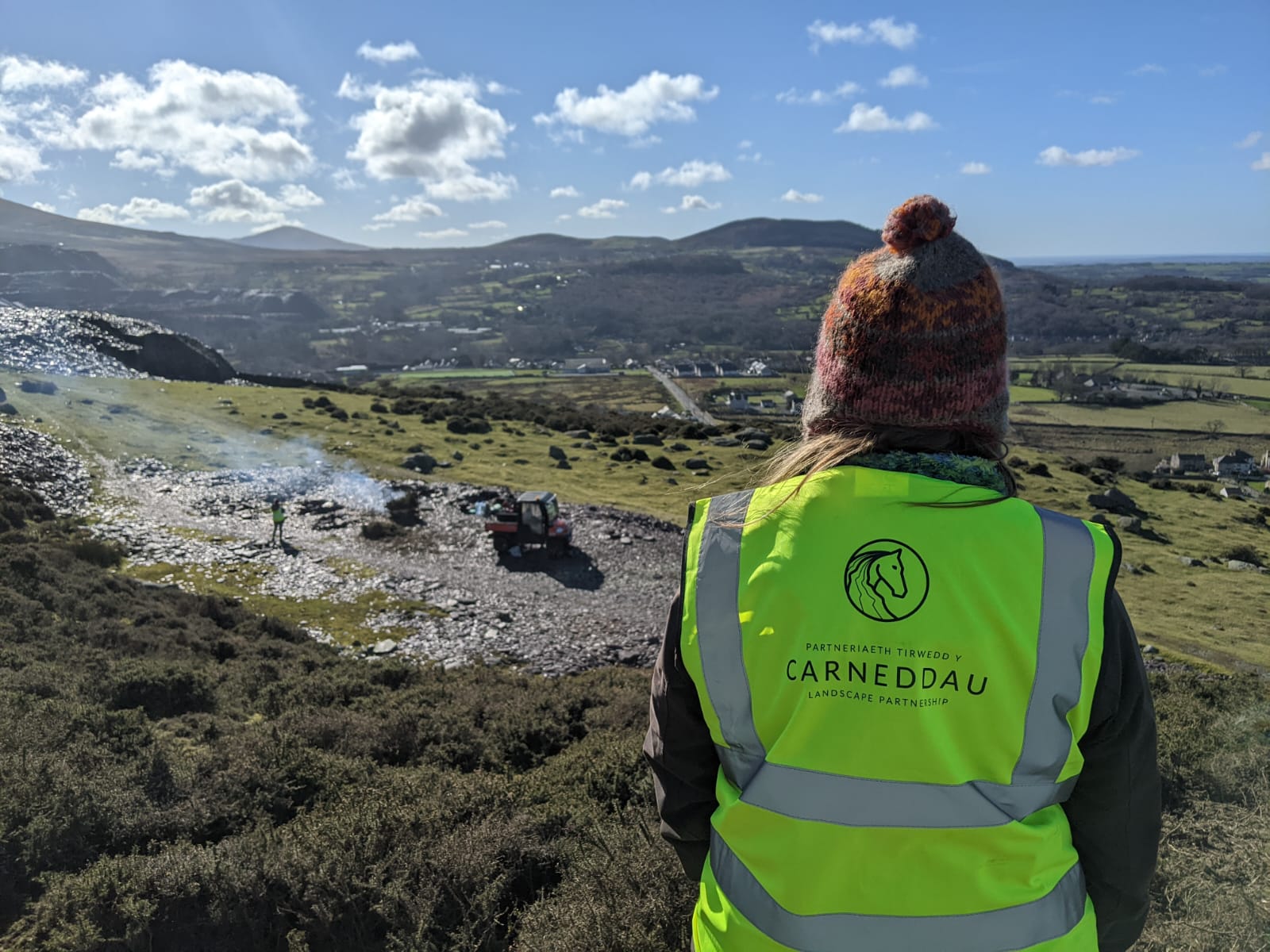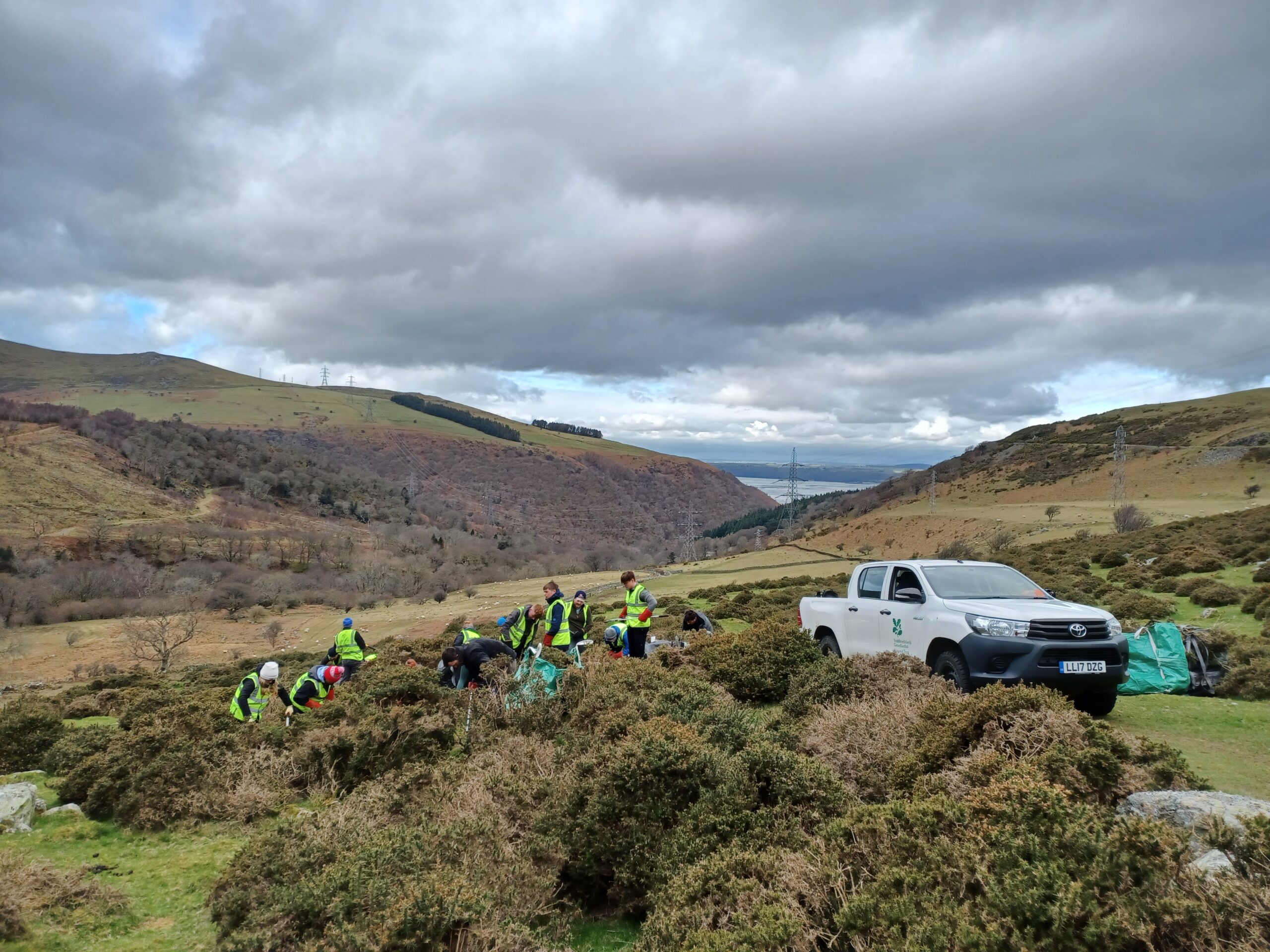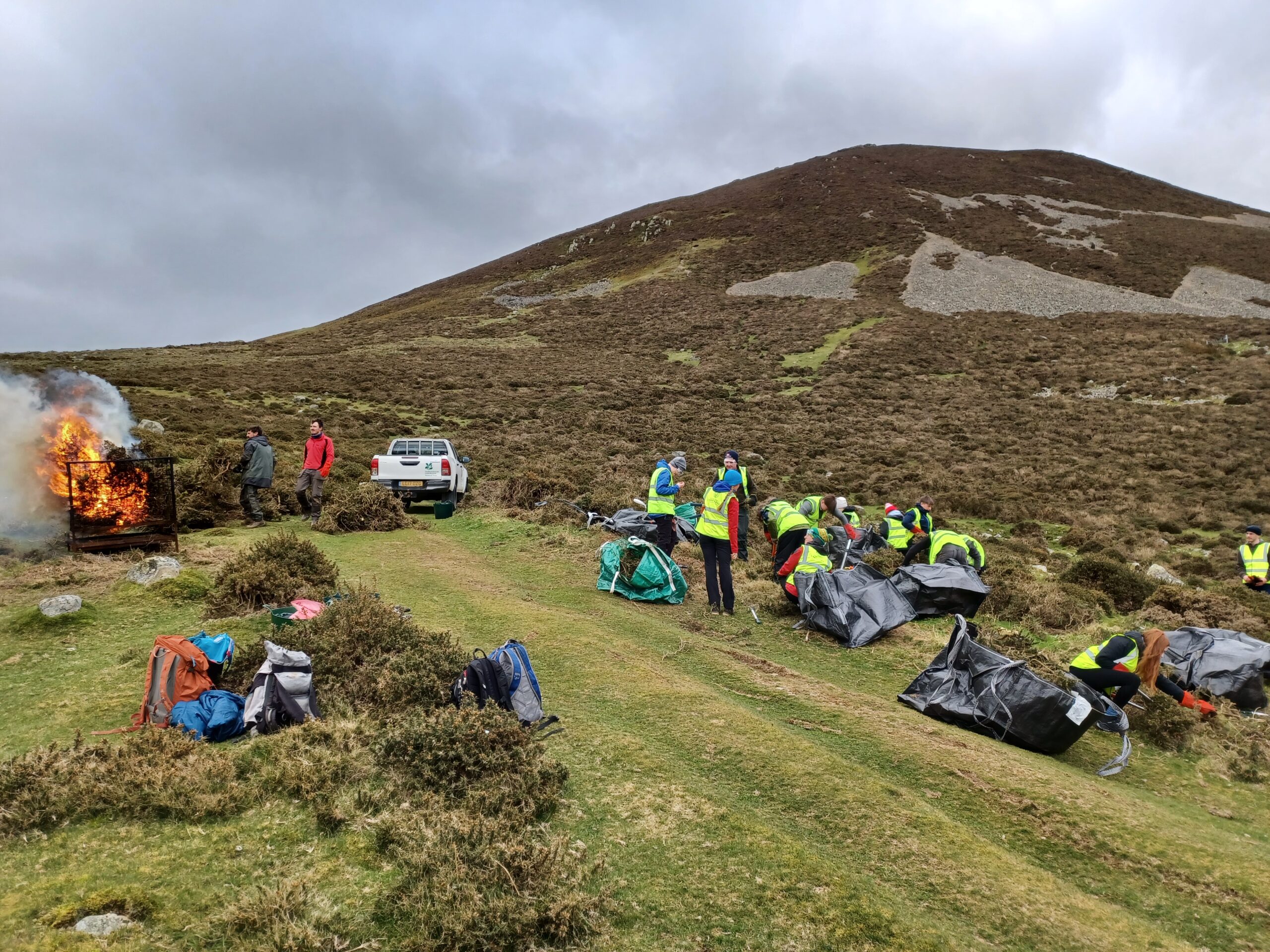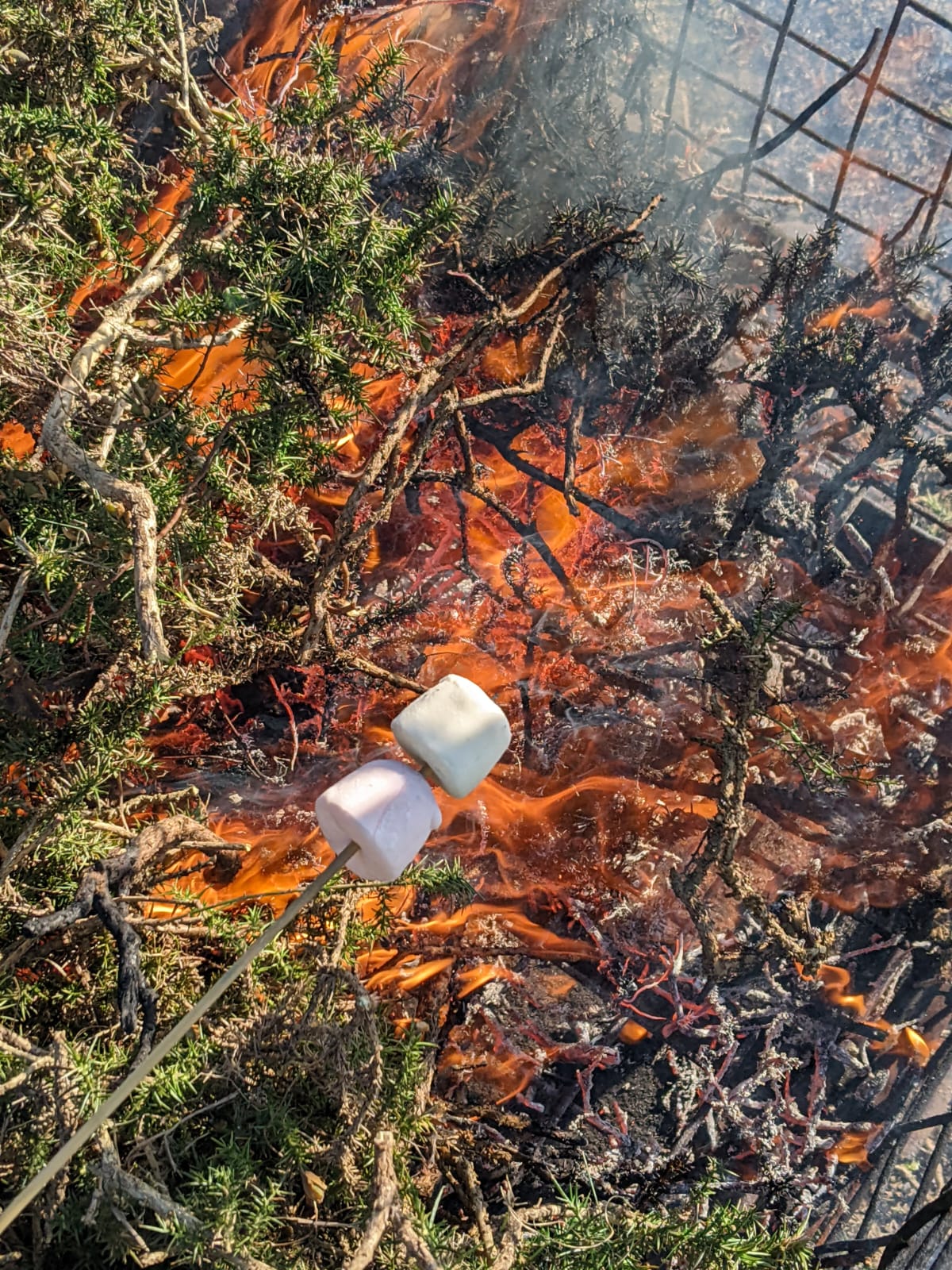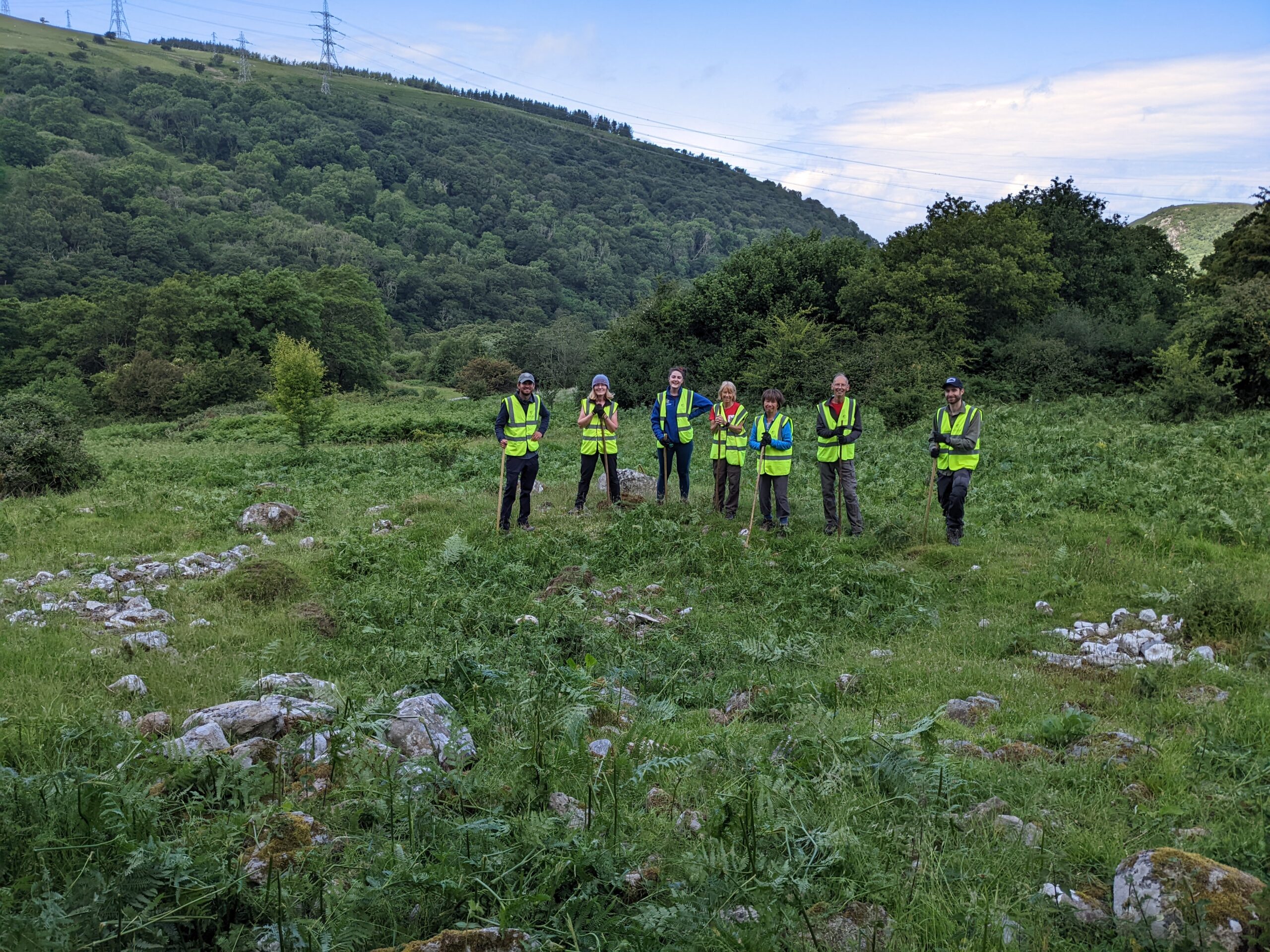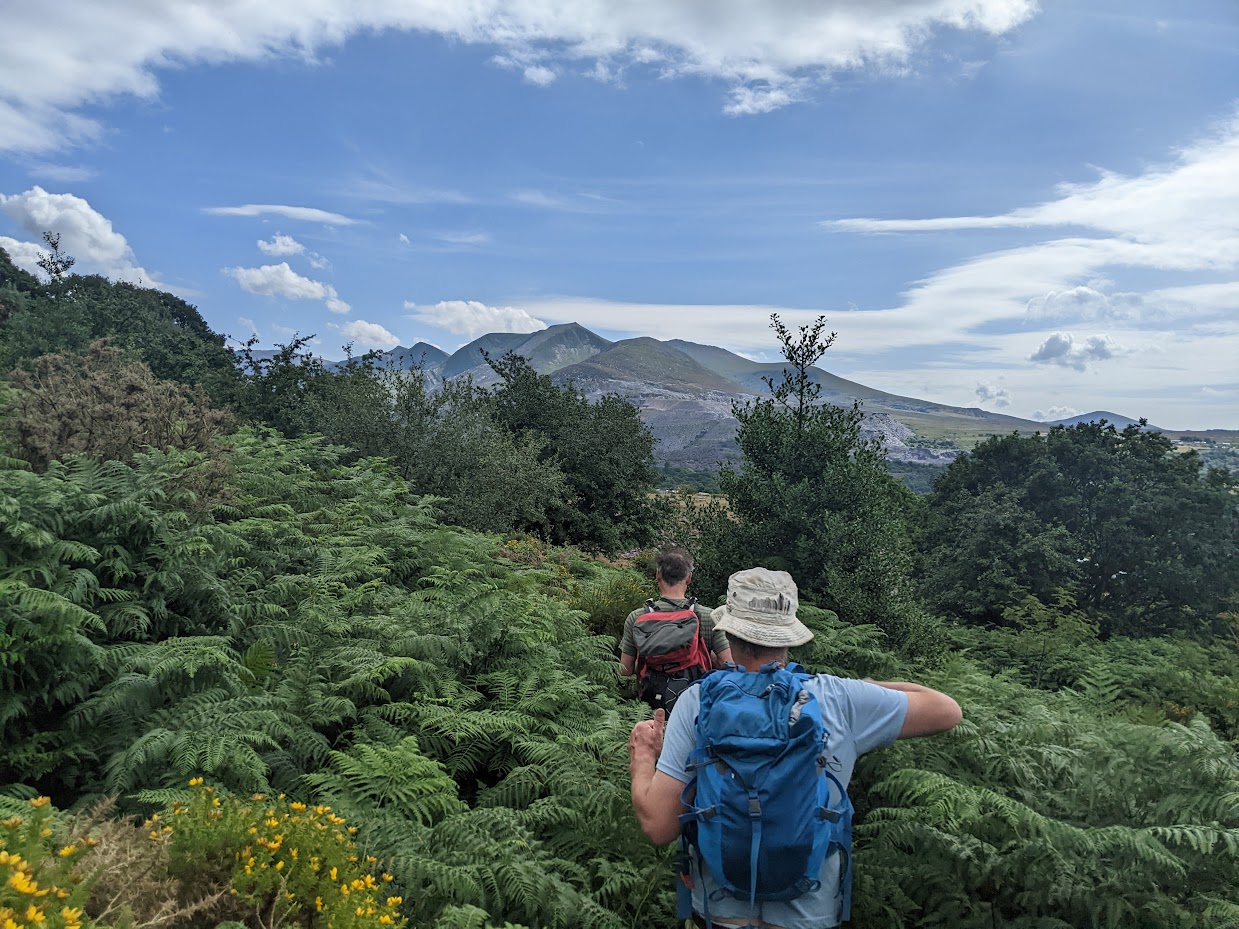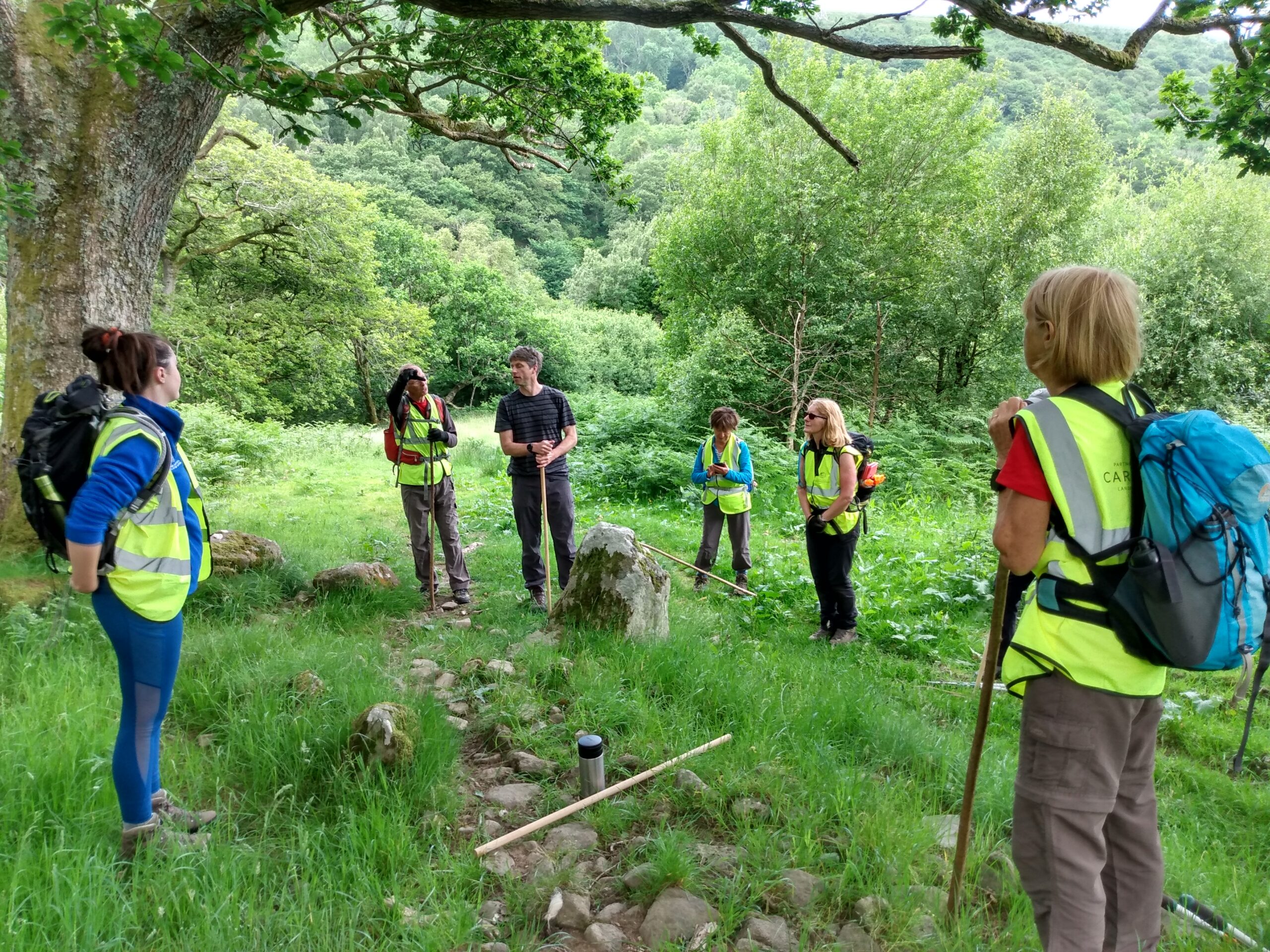Check out our Events page for upcoming volunteering opportunities!
Take a look at Snowdonia Society‘s page for vegetation clearance sessions in the Carneddau.

Dense patches of gorse and bracken have developed on many of the Carneddau’s important ancient monuments and on wildlife sites. With the help of volunteers and contractors, we are clearing this invasive vegetation to reveal and protect the monuments in addition to increasing biodiversity. This is done by opening up patches of grassland to offer a mosaic of habitats to sustain a greater number and variety of wildlife, such as the Chough.
We are working to control encroaching vegetation, much of which is removed by hand. A large part of the clearance work is carefully carried out by volunteers to avoid using machines that might damage the archaeology. Gorse is cut during the Winter to avoid nesting disturbance.
The data collected from our LiDAR project will also guide vegetation clearance by providing more detailed information on the extent of gorse and scrub and by helping us to map ancient sites.
After the clearance has taken place, insects in the soil will be monitored to understand the impacts of this work on their abundance and distribution.
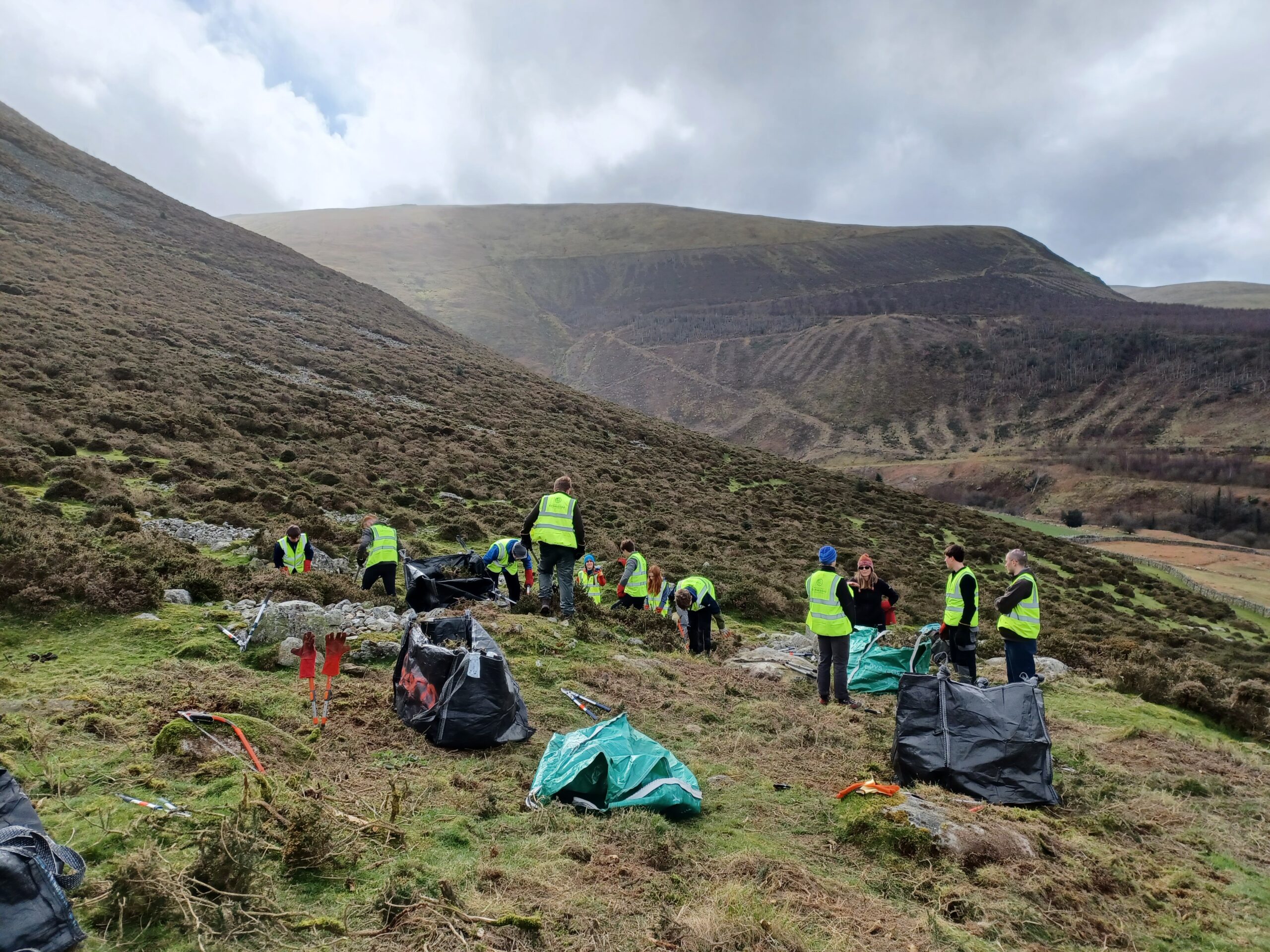
Gorse reduces the available foraging grounds for the Chough, and its roots break apart archaeological remains. Gorse encourages burrowing animals, whose tunnels can damage ancient, buried features. This project helps to protect archaeological sites and creates mosaic habitats on the ffridd and open mountain, as well as engaging people in conservation and heritage work in their local area.
Being semi-natural habitats, they require a level of management to maintain these important cultural features and to support a rich biodiversity for many birds, mammals, reptiles, and invertebrates.
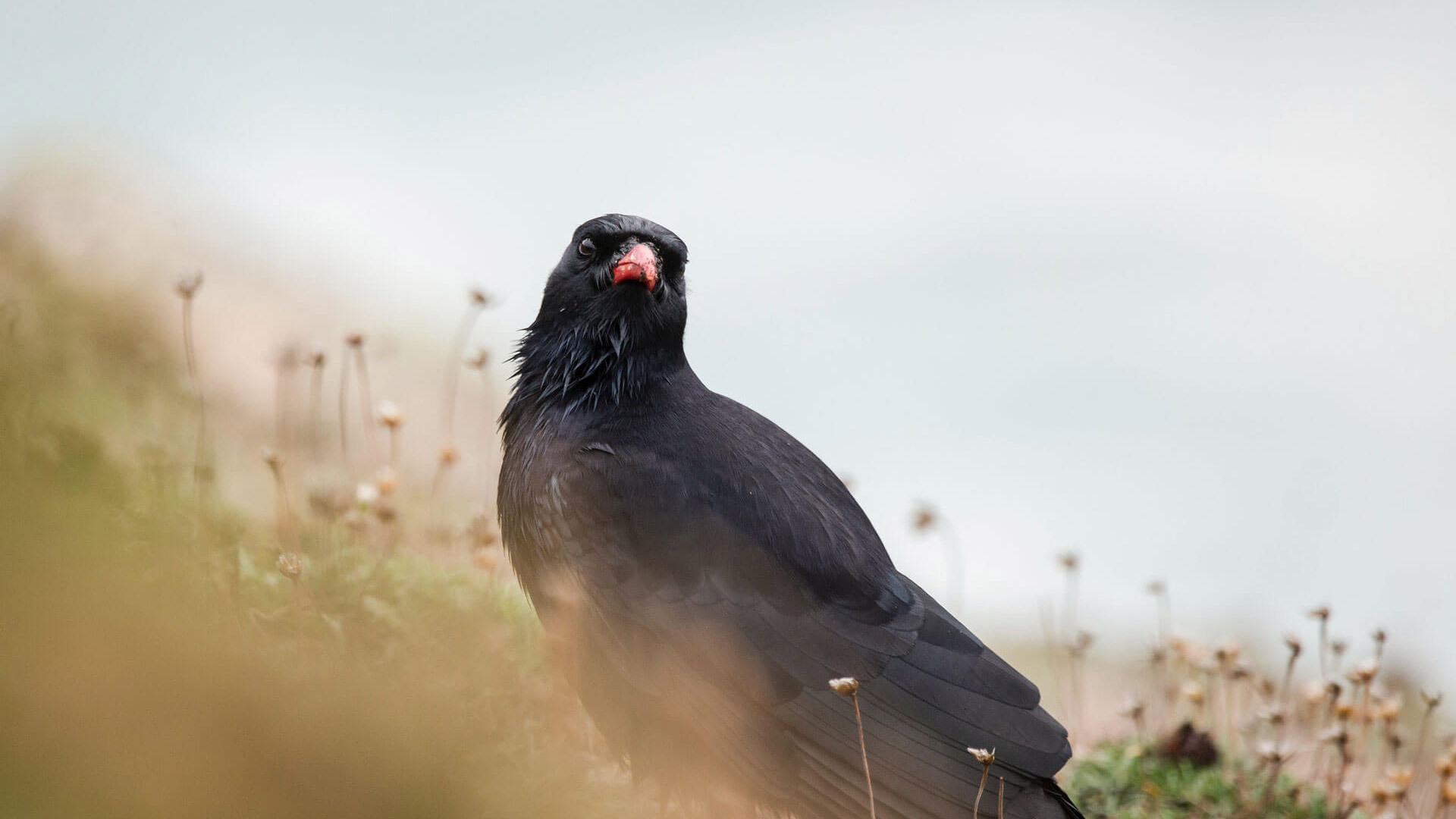
As well as uncovering archaeological monuments, opening up pockets of grassland also benefits bird species such as the Chough which need short grazed areas to forage for insects to eat.
Check out our Events page for upcoming volunteering opportunities!
Take a look at Snowdonia Society‘s page for vegetation clearance sessions in the Carneddau.
